SUMMARY
This is AI generated summarization, which may have errors. For context, always refer to the full article.

GENERAL SANTOS, Philippines – Health authorities in Sarangani downplayed concerns about an uptrend in suspected cases of the highly transmissible hand, foot, and mouth disease (HFMD) in the province.
There were 148 suspected infections, with four confirmed cases from Alabel town, based on a weekly monitoring report released by the Sarangani Provincial Information Office on Black Saturday, April 8.
But although the number of cases per week has increased, it is not abrupt, said Sarangani health officer Arvin Alejandro, citing the HFMD epidemic curve from last week.
Nevertheless, local health officials launched a public awareness campaign, partnering with school and town officials to prevent the HFMD from spreading.
School nurses and barangay health workers collected specimens from people suspected to be infected, and the samples were sent to the Research Institute for Tropical Medicine (RITM) for confirmatory tests.
Estylinda Tudayom, the head nurse of the Department of Education (DepEd) in Sarangani, said she and other education officials met with Sarangani health authorities to strategize on April 3.
Among the strategies discussed was the implementation of measures to prevent students who display symptoms of HFMD, such as rashes and fever, from attending school.
Dr. Alejandro warned that although HFMD is not as severe as COVID-19, it is highly contagious and can spread quickly if not addressed early.
He said children are particularly susceptible, and early detection is crucial.
Federico Yadao, Sarangani’s provincial epidemiology and disease surveillance officer, noted that similar to COVID-19, HFMD can be transmitted through air droplets and direct contact with contaminated objects.
Yadao, a medical technologist, encouraged residents to continue observing proper health protocols.
While Sarangani has the fewest HFMD cases in the Soccsksargen region, Yadao stressed the importance of taking immediate prevention measures, especially among the most vulnerable sectors, such as children and the elderly.
According to the World Health Organization (WHO), most HFMD infections are mild and self-limiting, with common symptoms that include fever, painful sores in the mouth, and a rash with blisters on hands, feet, and buttocks. Severe cases may result in meningitis, encephalitis, and polio-like paralysis.
HFMD is a viral illness that typically affects children under the age of five. It is caused by a group of viruses called enteroviruses, which can be transmitted through contact with an infected person’s bodily fluids, such as saliva or feces.
In the Philippines, HFMD is a common childhood illness that affects thousands of children every year.
The disease is particularly prevalent during the rainy season, which runs from June to November, and outbreaks have been reported in various parts of the country. – Rappler.com
Add a comment
How does this make you feel?
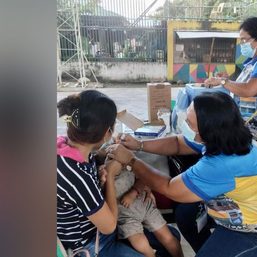
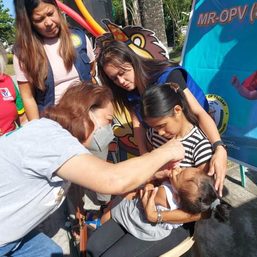

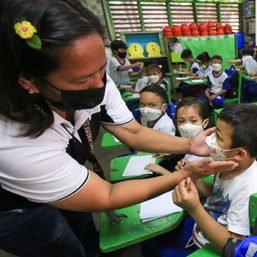

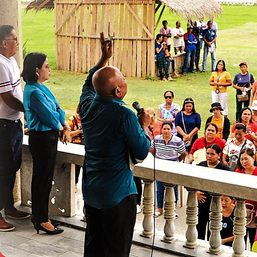
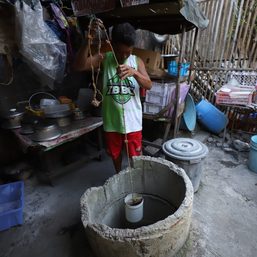


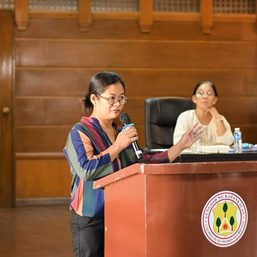
![[Free to Disagree] Sabwatan ng mga doktor at drug companies](https://www.rappler.com/tachyon/2024/04/tl-sabwatan-doktor-drug-companies-April-22-2024.jpg?resize=257%2C257&crop=292px%2C0px%2C720px%2C720px)


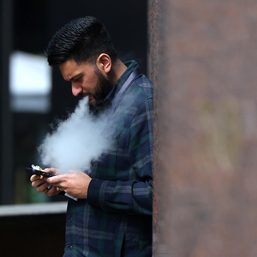
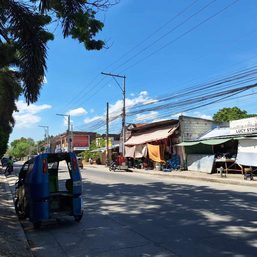


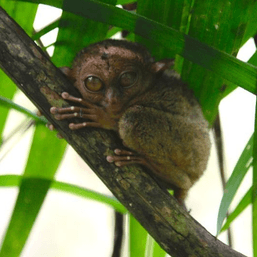
There are no comments yet. Add your comment to start the conversation.